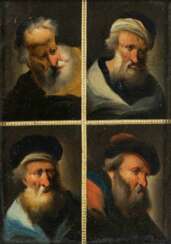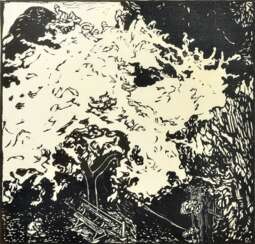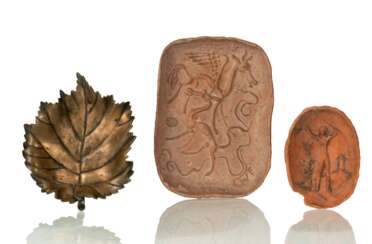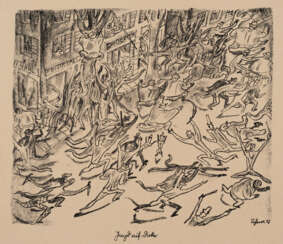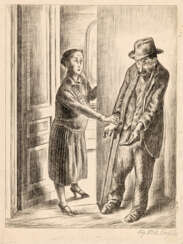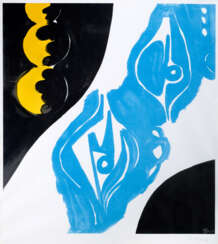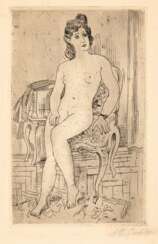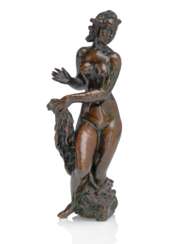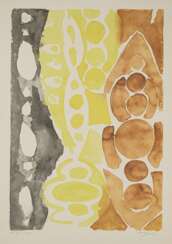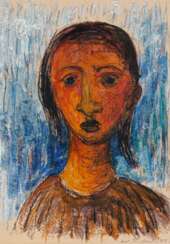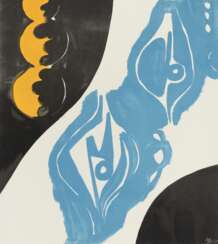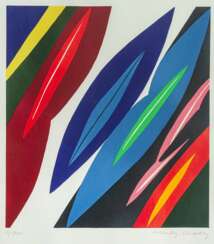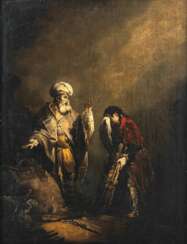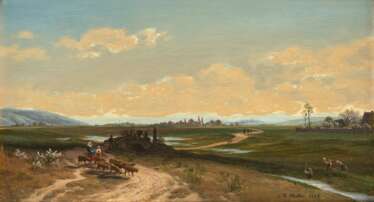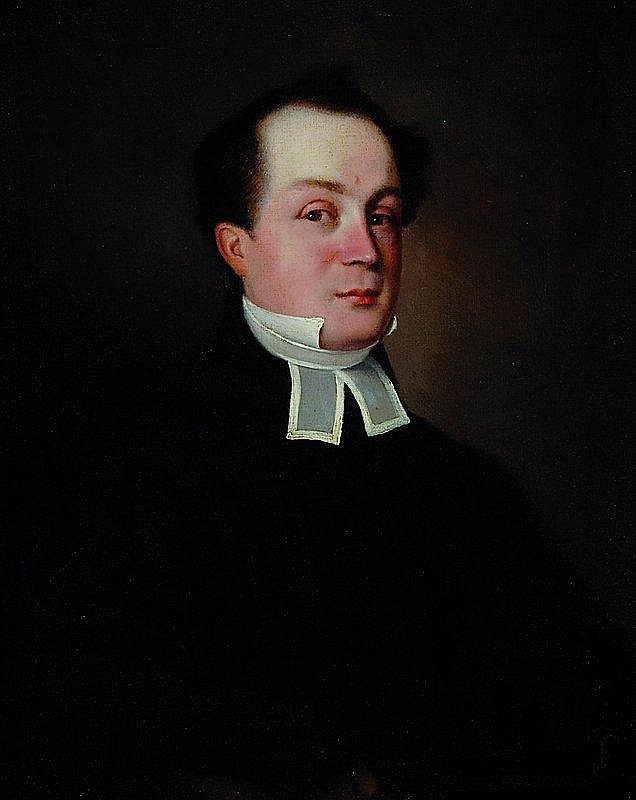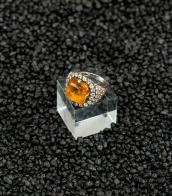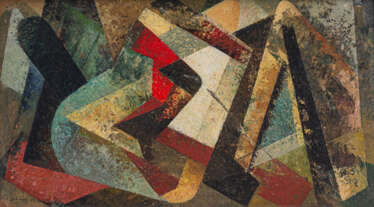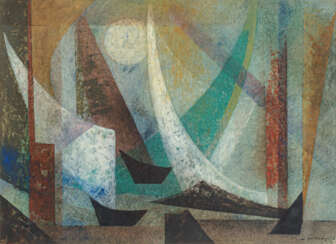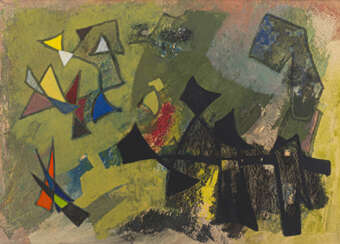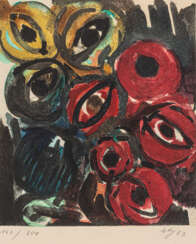wilhelm nagel
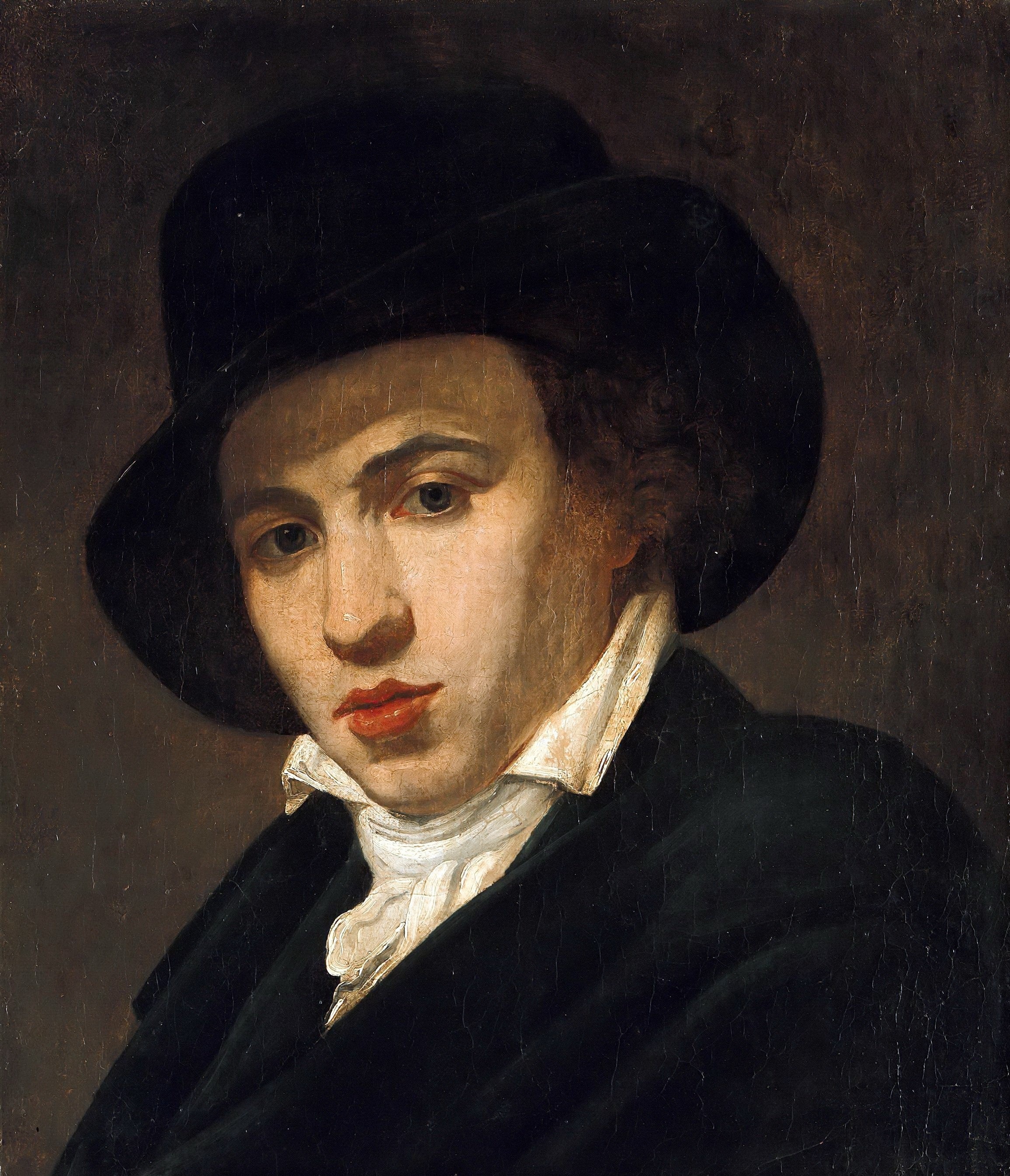
Wilhelm von Kobell was a German painter of the first half of the 19th century. He is known as a landscape painter, animalist and battle painter.
Von Kobell initially produced landscapes and animal paintings, but later focused mainly on battle painting. He visited Vienna and Paris between 1809 and 1810 to study this genre. His battle paintings, based on extensive research, are characterized by striking realism. They are important for the study of military history.
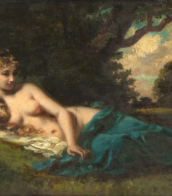
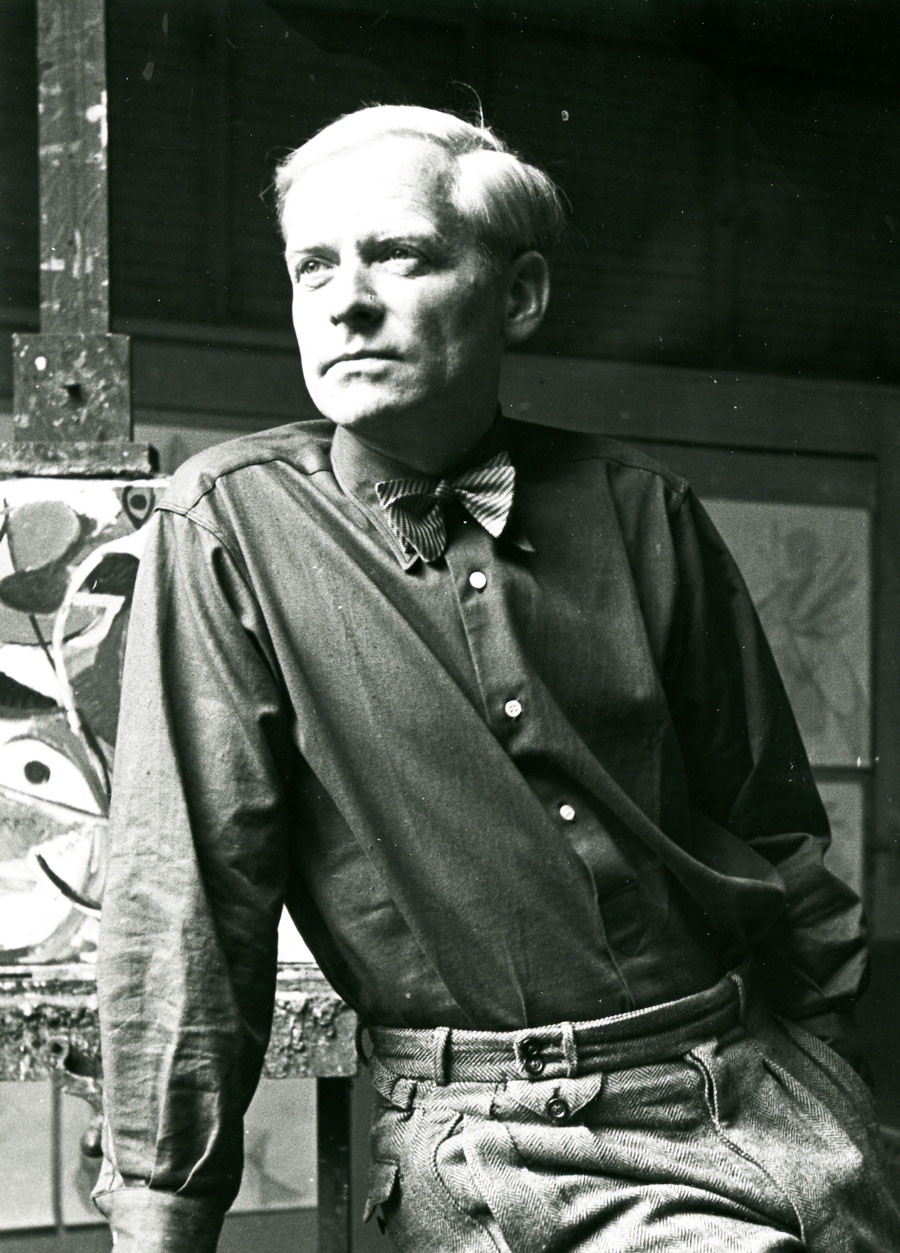
Ernst Wilhelm Nay was a German painter and graphic designer of classical modernism. He is considered one of the most important painters of German post-war art.
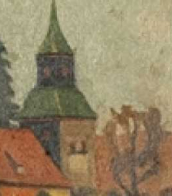

Wilhelm Schnarrenberger was a German painter and representative of the New Objectivity movement.
Schnarrenberger studied graphics at the Munich School of Applied Arts, as well as architecture. After his studies, the artist received commissions for publications in the magazines Das Plakat or Simplicissimus as well as numerous illustrations for publishing houses. At the same time, Schnarrenberger also began to work as a painter and participated in the exhibitions of the New Munich Secession. After the Expressionist phase, his painting was replaced by an increasingly distinct style, which in 1925 became known as Neue Sachlichkeit ("New Objectivity"). In 1920, the artist was appointed to teach commercial art at the Badisches Landeschool in Karlsruhe, where he later became a professor.
As a result of the Nazis' rise to power, Schnarrenberger lost his professorship and moved to Berlin. In 1937, Wilhelm Schnarrenberger's paintings were recognized as degenerate and he was persecuted. After the end of the war, he was allowed to resume his professorship and was appointed professor at the Karlsruhe State Academy of Fine Arts. He became a member of the Badische Secession and received the Hans Thom State Prize in 1962.

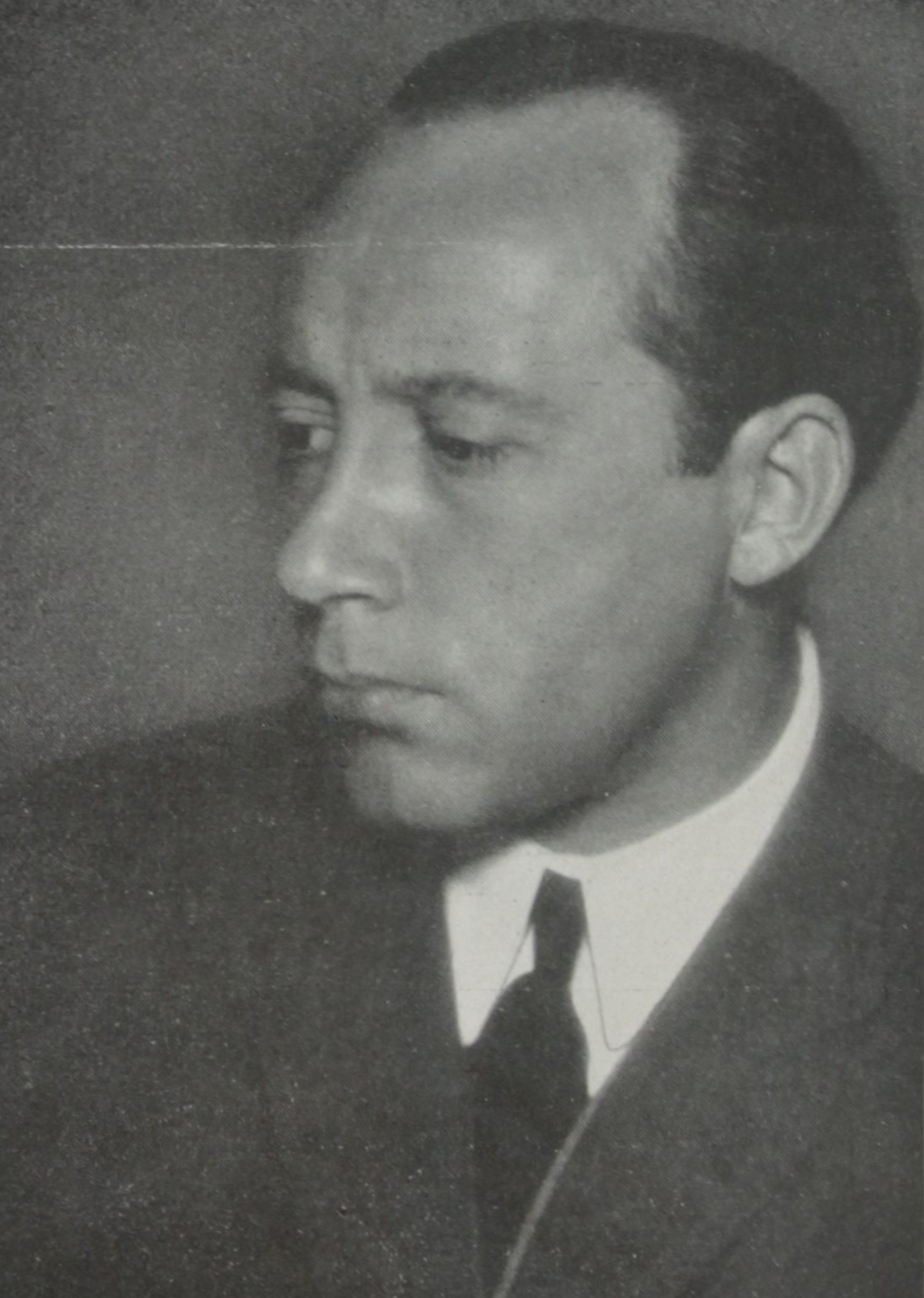
Wilhelm Thöny was an Austrian artist, graphic designer and illustrator.
Thöny studied at the Munich Academy of Fine Arts, first working as a graphic designer and illustrator for several publishing houses. He began showing his work in exhibitions in 1910 and became one of the founders of the New Secession in Munich. In 1923, together with the artists Alfred Wickenburg and Fritz Silberbauer, Wilhelm Thöny founded the Graz Secession and was appointed its first president. He also worked for many publications. It was a successful period for the artist: he was represented in numerous exhibitions and sold well. He was awarded the honorary title of professor.
In 1938, due to the tense situation in Europe, Thöny and his wife moved to New York, where the artist worked successfully until a warehouse fire in 1948, which destroyed about a thousand of his works. He did not recover from this blow and died a year later. Wilhelm Thöny is now considered one of Austria's greatest modernists. Only a fraction of his vast oeuvre, including battle scenes from World War I and large-scale views of New York City, remains, but his work can be seen in major European and American museums.
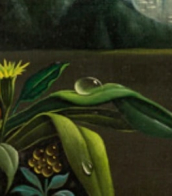
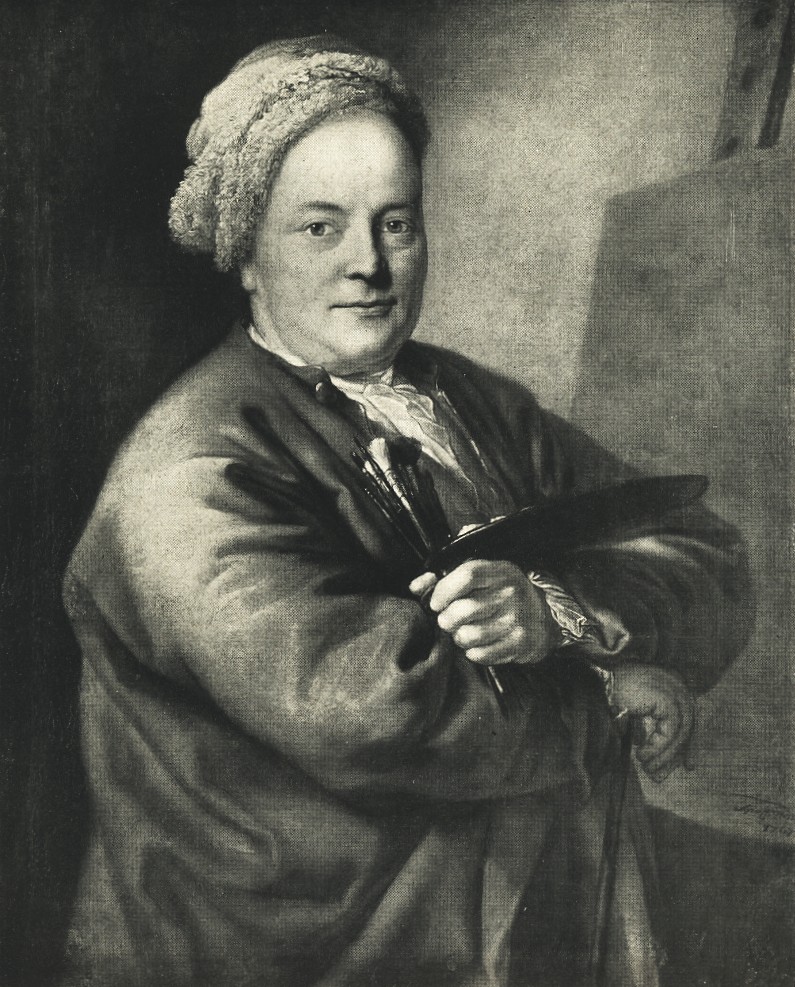
Christian Wilhelm Ernst Dietrich, also known as Christian Guillaume Ernest Dietricy, was a German painter and printmaker.
He was born in Weimar, Thuringia, into the family of the court painter Johann Georg Dietrich, and received his first training from his father. Dietrich worked in a variety of techniques and artistic movements of his time.
The talented artist took up any subjects: stories from the Old and New Testament, allegory and mythology, as well as portraits, genre scenes, portrayed ordinary people and livestock, painted coats of arms and vignettes, and more.
In 1764, Dietrich was appointed director of the painting school of the Meissen porcelain manufactory. The following year he became a professor at the Dresden Academy of Fine Arts. Works of Christian Wilhelm Dietrich can be found in many museums in Europe.
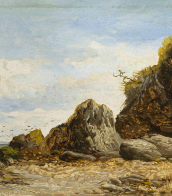
Wilhelm Laage was a German painter, graphic artist, engraver and woodcarver.
Laage attended the Hamburg School of Crafts and the Art Academy in Karlsruhe, and in 1896 began working with woodcuts and lithography. In 1904 Lage took part in exhibitions in Vienna and Dresden, in 1914 he was awarded the Villa Romana Prize, the Honorary Prize of the City of Leipzig and the State Medal at the International Graphic Exhibition in Leipzig. Wilhelm Laage was a member of the German Artists' Association.

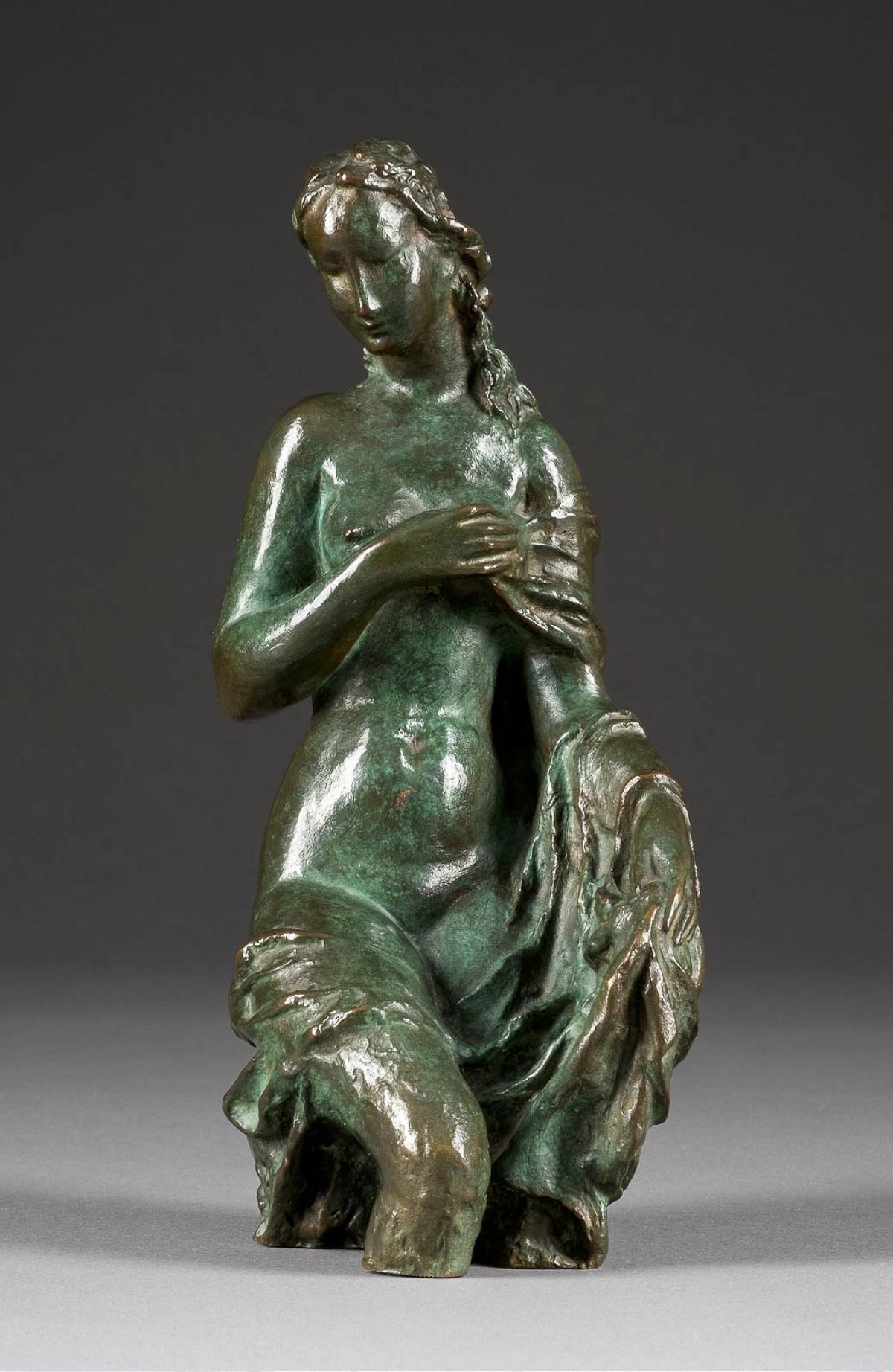
Jakob Wilhelm Fehrle was a German painter, draughtsman and sculptor.

Wilhelm Laage was a German painter, graphic artist, engraver and woodcarver.
Laage attended the Hamburg School of Crafts and the Art Academy in Karlsruhe, and in 1896 began working with woodcuts and lithography. In 1904 Lage took part in exhibitions in Vienna and Dresden, in 1914 he was awarded the Villa Romana Prize, the Honorary Prize of the City of Leipzig and the State Medal at the International Graphic Exhibition in Leipzig. Wilhelm Laage was a member of the German Artists' Association.


Wilhelm Schnarrenberger was a German painter and representative of the New Objectivity movement.
Schnarrenberger studied graphics at the Munich School of Applied Arts, as well as architecture. After his studies, the artist received commissions for publications in the magazines Das Plakat or Simplicissimus as well as numerous illustrations for publishing houses. At the same time, Schnarrenberger also began to work as a painter and participated in the exhibitions of the New Munich Secession. After the Expressionist phase, his painting was replaced by an increasingly distinct style, which in 1925 became known as Neue Sachlichkeit ("New Objectivity"). In 1920, the artist was appointed to teach commercial art at the Badisches Landeschool in Karlsruhe, where he later became a professor.
As a result of the Nazis' rise to power, Schnarrenberger lost his professorship and moved to Berlin. In 1937, Wilhelm Schnarrenberger's paintings were recognized as degenerate and he was persecuted. After the end of the war, he was allowed to resume his professorship and was appointed professor at the Karlsruhe State Academy of Fine Arts. He became a member of the Badische Secession and received the Hans Thom State Prize in 1962.


Wilhelm Thöny was an Austrian artist, graphic designer and illustrator.
Thöny studied at the Munich Academy of Fine Arts, first working as a graphic designer and illustrator for several publishing houses. He began showing his work in exhibitions in 1910 and became one of the founders of the New Secession in Munich. In 1923, together with the artists Alfred Wickenburg and Fritz Silberbauer, Wilhelm Thöny founded the Graz Secession and was appointed its first president. He also worked for many publications. It was a successful period for the artist: he was represented in numerous exhibitions and sold well. He was awarded the honorary title of professor.
In 1938, due to the tense situation in Europe, Thöny and his wife moved to New York, where the artist worked successfully until a warehouse fire in 1948, which destroyed about a thousand of his works. He did not recover from this blow and died a year later. Wilhelm Thöny is now considered one of Austria's greatest modernists. Only a fraction of his vast oeuvre, including battle scenes from World War I and large-scale views of New York City, remains, but his work can be seen in major European and American museums.

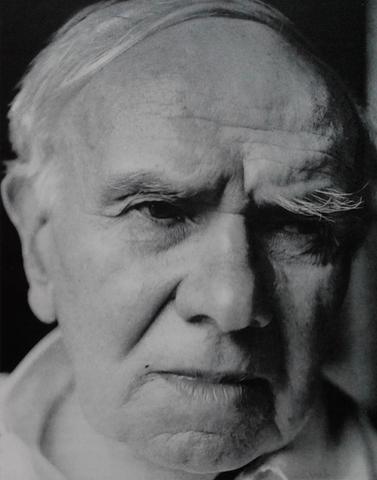
August Wilhelm Dressler was a German artist and proponent of the New Objectivity.
Dressler studied at the Dresden Art Academy, then at the Academy of Graphic Arts and Book Trade in Leipzig. In Berlin, he joined the November Group and in 1924 became a member of the Berlin Secession. From 1934, Dressler taught at the Berlin State School, from which he was expelled in 1938 as a "degenerate artist". In 1937, during the Nazi "Degenerate Art" campaign, Dresler's works were confiscated and many were lost.
After World War II, the artist resumed exhibitions in Berlin, and in 1956 was offered a teaching position at the Higher School of Applied Arts in West Berlin. Dressler left behind an extensive body of work in painting and drawing, of particular importance are his numerous portraits and depictions of women.

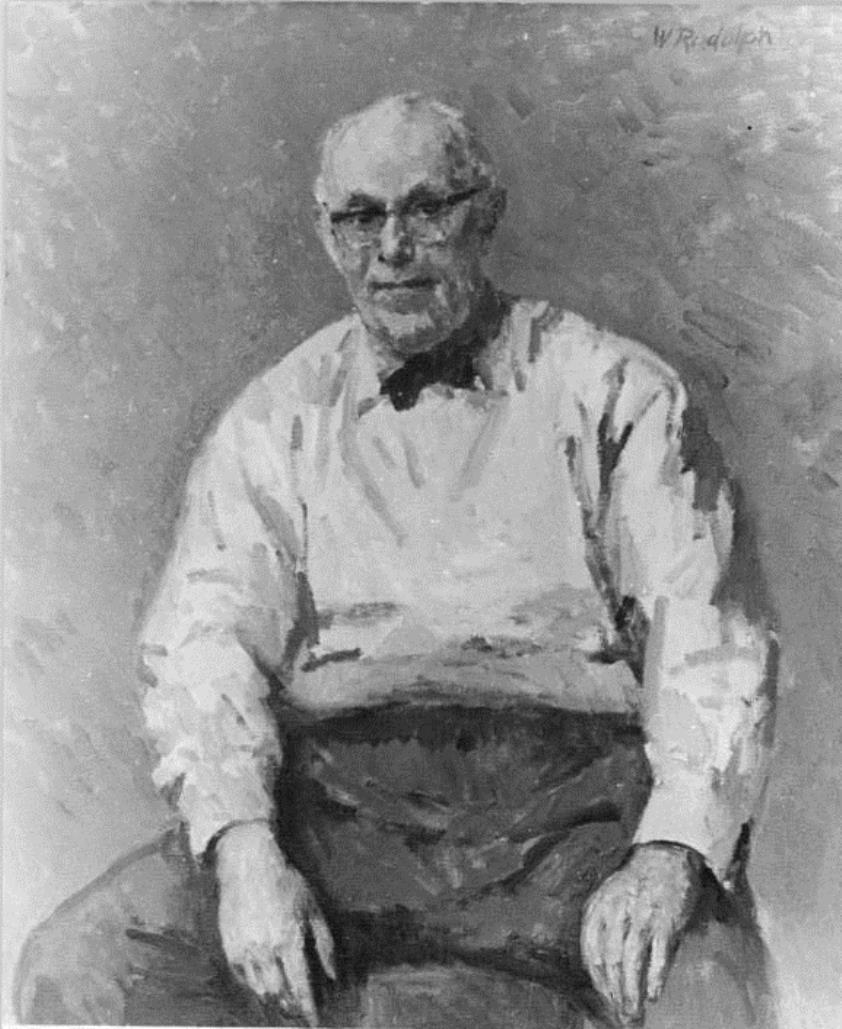
Wilhelm Rudolph was a German painter, graphic artist and teacher.
Rudolph studied at the Dresden Art School, fought in World War I and returned to art. He went from Post-Impressionism to Expressionism and later became a follower of the New Objectivity with a bias towards socially relevant subject matter. Rudolph's first successes and fame came from his graphic depictions of animals.
In 1932, Wilhelm Rudolph was appointed a professor at the Dresden Academy of Art, but with the National Socialists coming to power in Germany, the artist's works were classified as so-called degenerate art. Since 1937 he was forbidden to exhibit and sell his works, 43 of his paintings were confiscated, and in 1939 he was dismissed from the Academy.
At the end of the war, the artist created his major work - an extensive graphic series of 150 sheets on the theme of the bombing of Dresden by American aircraft on the night of February 13-14, 1945, as a result of which the city was completely destroyed. This essential work remains an unrivaled artistic record of that tragedy. Wilhelm Rudolph was a two-time winner of the GDR National Prize and worked actively until his old age.


Ernst Wilhelm Nay was a German painter and graphic designer of classical modernism. He is considered one of the most important painters of German post-war art.


August Wilhelm Dressler was a German artist and proponent of the New Objectivity.
Dressler studied at the Dresden Art Academy, then at the Academy of Graphic Arts and Book Trade in Leipzig. In Berlin, he joined the November Group and in 1924 became a member of the Berlin Secession. From 1934, Dressler taught at the Berlin State School, from which he was expelled in 1938 as a "degenerate artist". In 1937, during the Nazi "Degenerate Art" campaign, Dresler's works were confiscated and many were lost.
After World War II, the artist resumed exhibitions in Berlin, and in 1956 was offered a teaching position at the Higher School of Applied Arts in West Berlin. Dressler left behind an extensive body of work in painting and drawing, of particular importance are his numerous portraits and depictions of women.
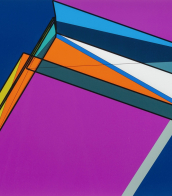

Jakob Wilhelm Fehrle was a German painter, draughtsman and sculptor.


Jakob Wilhelm Fehrle was a German painter, draughtsman and sculptor.


Wilhelm Rudolph was a German painter, graphic artist and teacher.
Rudolph studied at the Dresden Art School, fought in World War I and returned to art. He went from Post-Impressionism to Expressionism and later became a follower of the New Objectivity with a bias towards socially relevant subject matter. Rudolph's first successes and fame came from his graphic depictions of animals.
In 1932, Wilhelm Rudolph was appointed a professor at the Dresden Academy of Art, but with the National Socialists coming to power in Germany, the artist's works were classified as so-called degenerate art. Since 1937 he was forbidden to exhibit and sell his works, 43 of his paintings were confiscated, and in 1939 he was dismissed from the Academy.
At the end of the war, the artist created his major work - an extensive graphic series of 150 sheets on the theme of the bombing of Dresden by American aircraft on the night of February 13-14, 1945, as a result of which the city was completely destroyed. This essential work remains an unrivaled artistic record of that tragedy. Wilhelm Rudolph was a two-time winner of the GDR National Prize and worked actively until his old age.


Ernst Wilhelm Nay was a German painter and graphic designer of classical modernism. He is considered one of the most important painters of German post-war art.
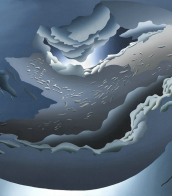

Ernst Wilhelm Nay was a German painter and graphic designer of classical modernism. He is considered one of the most important painters of German post-war art.
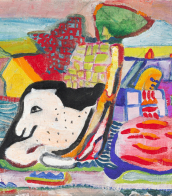

Ernst Wilhelm Nay was a German painter and graphic designer of classical modernism. He is considered one of the most important painters of German post-war art.


Christian Wilhelm Ernst Dietrich, also known as Christian Guillaume Ernest Dietricy, was a German painter and printmaker.
He was born in Weimar, Thuringia, into the family of the court painter Johann Georg Dietrich, and received his first training from his father. Dietrich worked in a variety of techniques and artistic movements of his time.
The talented artist took up any subjects: stories from the Old and New Testament, allegory and mythology, as well as portraits, genre scenes, portrayed ordinary people and livestock, painted coats of arms and vignettes, and more.
In 1764, Dietrich was appointed director of the painting school of the Meissen porcelain manufactory. The following year he became a professor at the Dresden Academy of Fine Arts. Works of Christian Wilhelm Dietrich can be found in many museums in Europe.

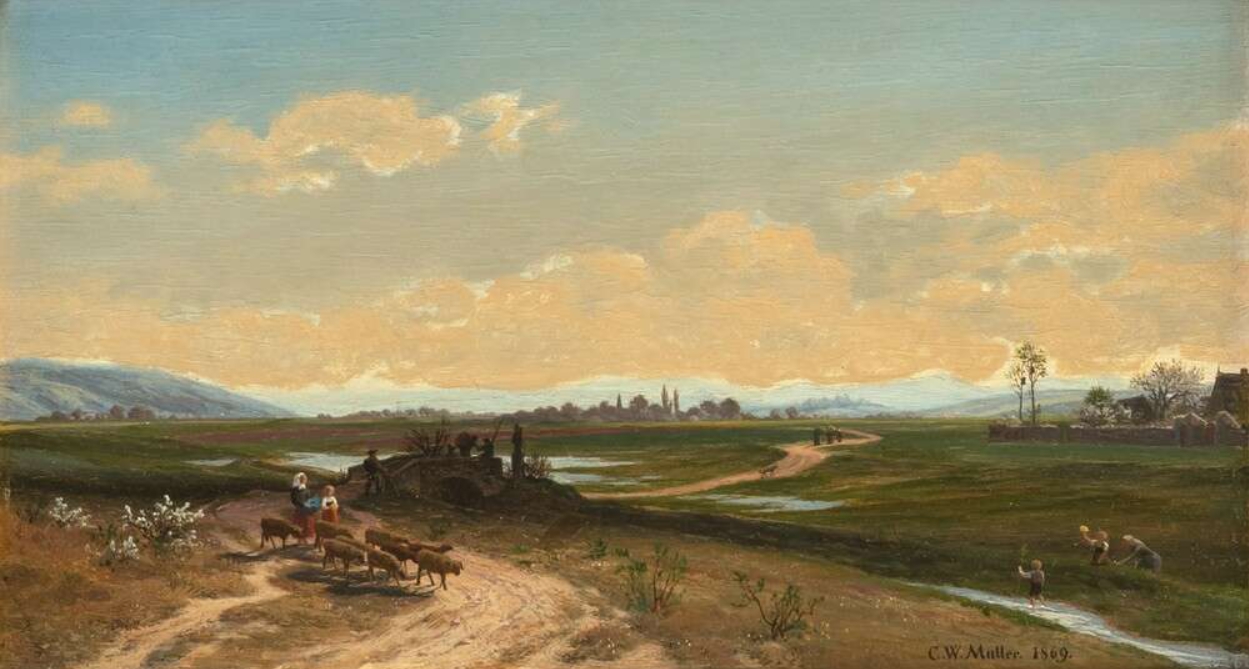
Carl Wilhelm Müller was actually a German landscape painter born in Dresden. He studied at the Academy of Fine Arts in Dresden before moving to Munich, where he continued his studies under the painter Eduard Schleich the Elder.
Müller's early works were heavily influenced by the Romantic tradition of landscape painting, and he often painted idyllic scenes of forests, rivers, and mountains. Later in his career, he developed a more impressionistic style that emphasized the effects of light and color.
Müller was a prolific painter and exhibited his works widely throughout Germany and Europe. He was a member of the Munich Secession and the Dresden Art Society, and he received numerous awards and honors during his lifetime. Today, his works can be found in many public and private collections throughout Germany and beyond.

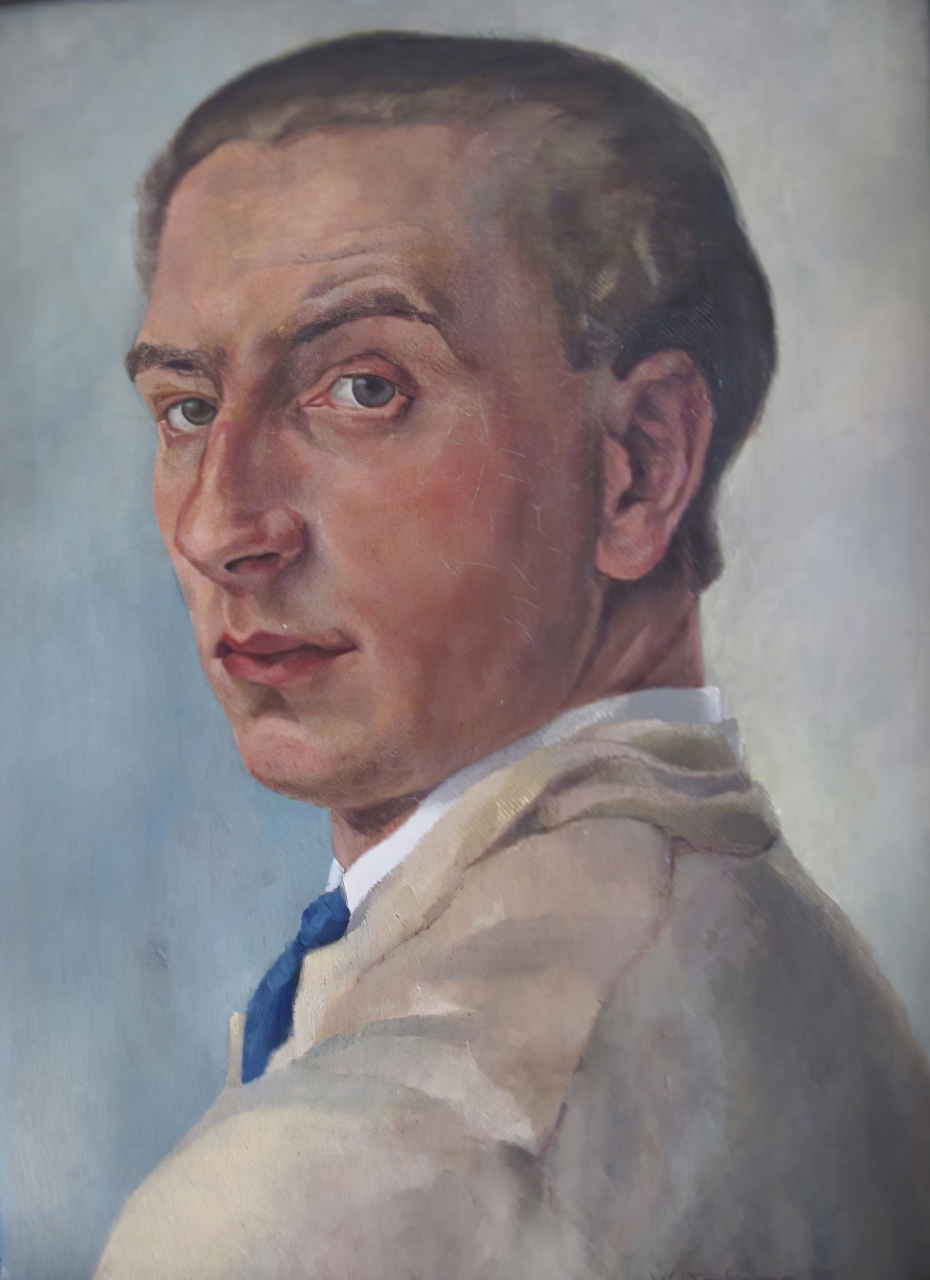
Wilhelm Imkamp was a German painter and a student of the Bauhaus and is one of the most important abstract painters of the post-war period in Germany.
Even though Imkamp made over 500 portraits in his lifetime and thus secured his income for several years of his life, abstract painting is and remains the core of his work. His paintings were created without sketches and preliminary studies, he always painted several pictures at the same time and let a composition emerge in many individual steps from the interaction of colour and form alone. Impressions from nature and music were his sources of inspiration, which played a part in the creative process, but in the end a completely new world of images emerged, on the basis of which the picture titles were also found. Imkamp's work is clearly recognisable as a Bauhaus student, strongly influenced by Wassily Kandinsky's colour compositions, Paul Klee's narrative span and Lyonel Feiniger's structured use of space. Over the years, however, he developed a very independent artistic position among the students of the Bauhaus.
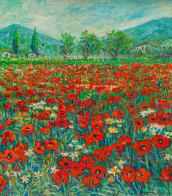

Wilhelm Imkamp was a German painter and a student of the Bauhaus and is one of the most important abstract painters of the post-war period in Germany.
Even though Imkamp made over 500 portraits in his lifetime and thus secured his income for several years of his life, abstract painting is and remains the core of his work. His paintings were created without sketches and preliminary studies, he always painted several pictures at the same time and let a composition emerge in many individual steps from the interaction of colour and form alone. Impressions from nature and music were his sources of inspiration, which played a part in the creative process, but in the end a completely new world of images emerged, on the basis of which the picture titles were also found. Imkamp's work is clearly recognisable as a Bauhaus student, strongly influenced by Wassily Kandinsky's colour compositions, Paul Klee's narrative span and Lyonel Feiniger's structured use of space. Over the years, however, he developed a very independent artistic position among the students of the Bauhaus.


Wilhelm Imkamp was a German painter and a student of the Bauhaus and is one of the most important abstract painters of the post-war period in Germany.
Even though Imkamp made over 500 portraits in his lifetime and thus secured his income for several years of his life, abstract painting is and remains the core of his work. His paintings were created without sketches and preliminary studies, he always painted several pictures at the same time and let a composition emerge in many individual steps from the interaction of colour and form alone. Impressions from nature and music were his sources of inspiration, which played a part in the creative process, but in the end a completely new world of images emerged, on the basis of which the picture titles were also found. Imkamp's work is clearly recognisable as a Bauhaus student, strongly influenced by Wassily Kandinsky's colour compositions, Paul Klee's narrative span and Lyonel Feiniger's structured use of space. Over the years, however, he developed a very independent artistic position among the students of the Bauhaus.


Wilhelm Imkamp was a German painter and a student of the Bauhaus and is one of the most important abstract painters of the post-war period in Germany.
Even though Imkamp made over 500 portraits in his lifetime and thus secured his income for several years of his life, abstract painting is and remains the core of his work. His paintings were created without sketches and preliminary studies, he always painted several pictures at the same time and let a composition emerge in many individual steps from the interaction of colour and form alone. Impressions from nature and music were his sources of inspiration, which played a part in the creative process, but in the end a completely new world of images emerged, on the basis of which the picture titles were also found. Imkamp's work is clearly recognisable as a Bauhaus student, strongly influenced by Wassily Kandinsky's colour compositions, Paul Klee's narrative span and Lyonel Feiniger's structured use of space. Over the years, however, he developed a very independent artistic position among the students of the Bauhaus.


Ernst Wilhelm Nay was a German painter and graphic designer of classical modernism. He is considered one of the most important painters of German post-war art.









